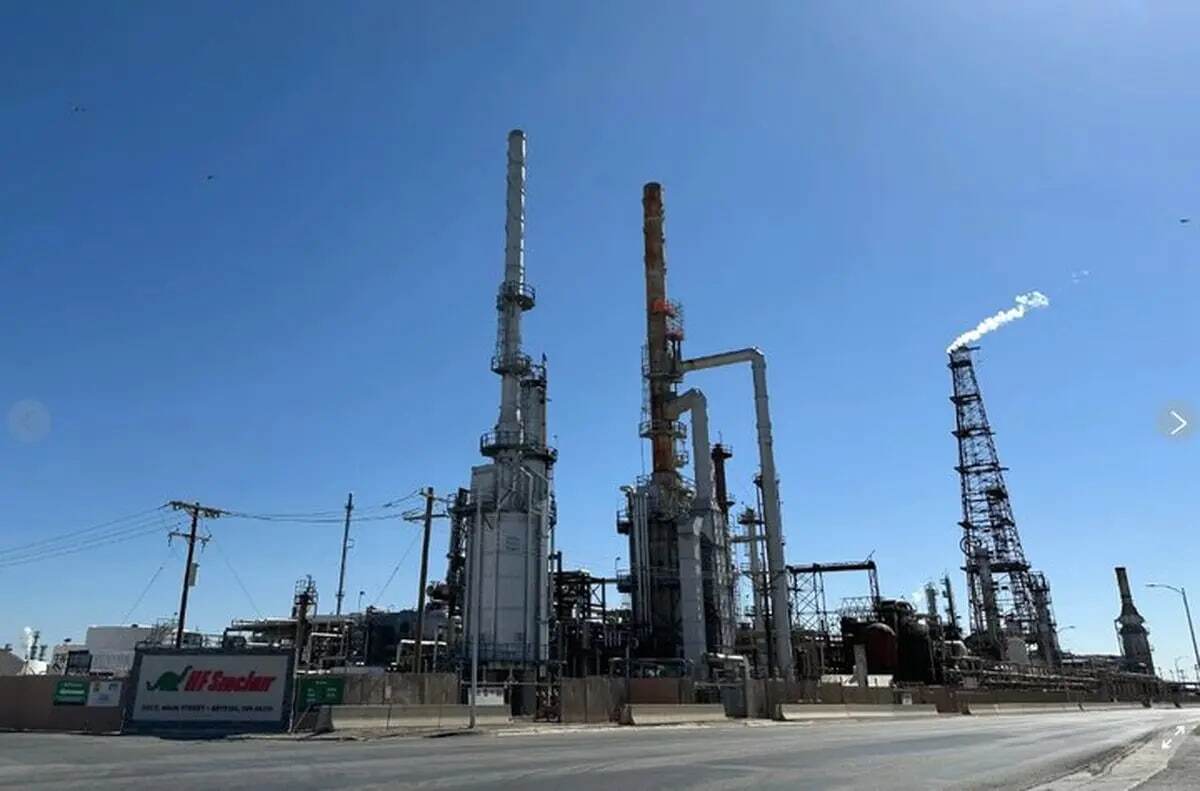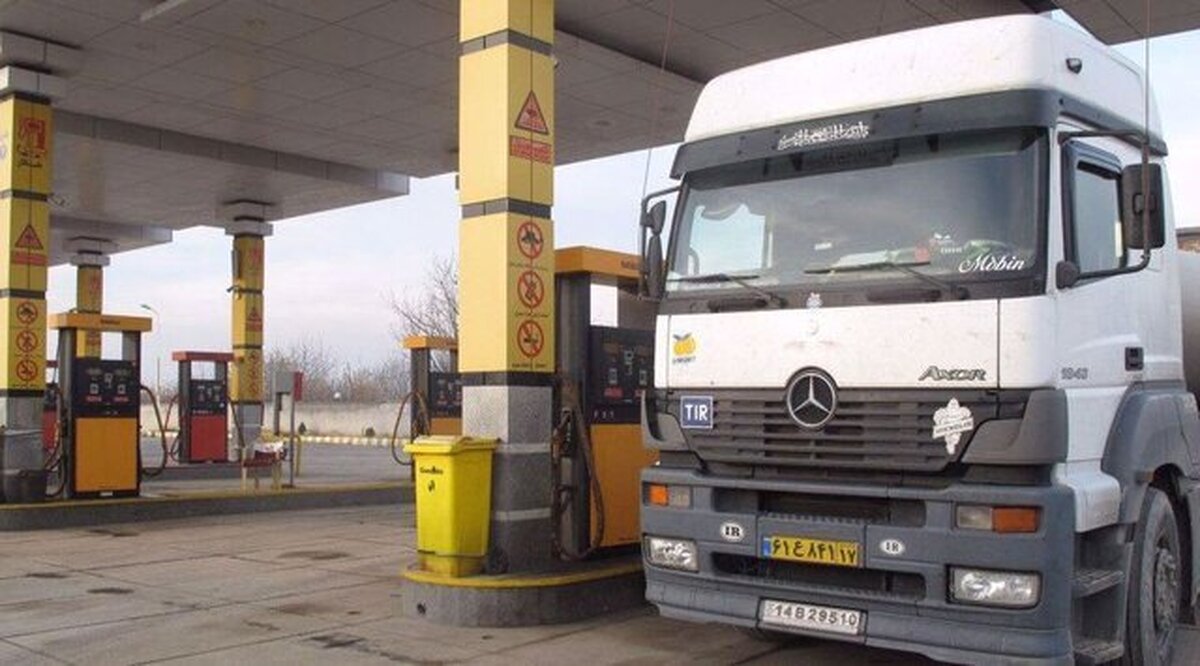
Tehran Oil Refinery Accounts for 50 Percent of Iran’s Jet Fuel
EghtesadOnline: Tehran Oil Refinery Company accounts for 50% of jet fuel produced in Iran, the head of the refining company said.
“The facility receives 250,000 barrels of crude per day as feedstock, a part of which is converted to jet fuel conforming to international standards,” Hamed Armanfar was also quoted as saying by IRNA.
Jet fuel is a specialized type of fuel used to power aircraft. It is generally of a higher quality than what is used in heating or road transport.
In addition to meeting domestic needs, Iran exports jet fuel to Armenia, Afghanistan, Iraq, Central Asian countries and Pakistan.
According to the Aviation Fuel Department at the National Iranian Oil Products Distribution Company, about 1,300 aircraft in Iran need close to 1.5 billion liters of fuel annually.
About 55 aircraft filling stations are operating nationwide.
Armanfar said the production of gasoline compliant with Euro-5 emission standards will commence soon at the refinery.
“The refining facility is producing 7 million liters of unleaded gasoline with an octane rating of 87 [regular] on a daily basis. Nevertheless, projects are being carried out to enhance gasoline quality,” he added.
The completion of a Continuous Catalytic Reformer (CCR) unit and a Reduced Crude Desulfurization (RDC) unit, which have made 85% progress, will enable the refinery to produce Euro-5 gasoline in the near future. The TORC chief said the units are estimated to cost $250 million.
Euro 4 and premium gasoline have octane ratings of 91 and 95 respectively. The two units (CCR/RDC) will help increase octane to above 96 and decrease benzene level to under 1%.
The National Iranian Oil Refining and Distribution Company is now producing 115 million liters of gasoline per day, of which 79 million liters comply with Euro-5 emission standards.
"NIORDC's Euro-5 gasoline output was zero in 2013," Armanfar said, adding that Shazand Refinery in the central city of Arak, Markazi Province, started producing 17 million liters of high-quality fuel per day in 2014.
Output reached 28 ml/d in 2016 and rose to 43 ml/d in 2017, as the Bandar Abbas Refinery in Hormozgan Province also started producing Euro-5 gasoline.
Armanfar said the Tehran refinery project for reducing mazut production is in the preliminary phase.
Founded in 1969, Tehran Oil Refinery Company is located 15 kilometers south of the capital and includes two sections (southern and northern). Its crude refining capacity (250,000 barrels a day) has risen by 200% over the past five decades.
The company’s daily diesel output is 8 million liters, a part of which is sold in Tehran and Alborz provinces, and the rest is piped to Mashhad in Khorasan Razavi Province.
Water Consumption
To help reduce water consumption in the sprawling capital, the second phase of a development plan to transfer sewage from the South Tehran Wastewater Treatment Complex to Tehran Oil Refinery Company is underway, the official said.
“The plan calls for diverting 19 million cubic meters of wastewater a year to the refinery’s wastewater unit now under construction.”
When completed, 19 million cubic meters of piped water will be saved annually and pumped to small towns in the vicinity of the refinery.
The official declared that the amount of associated petroleum gas (APG) burning out from the refinery has reached zero and its CO2 output is sent to a carbon dioxide recycling plant in Rey County (south Tehran).
The recycling facility annually converts 40,000 tons of CO2 emissions from the Tehran refinery into industrial and food-grade CO2, meeting 15% of the domestic demand for the product.



